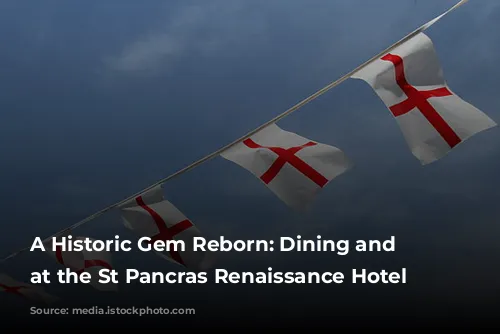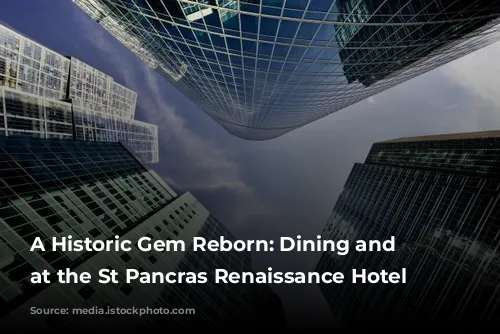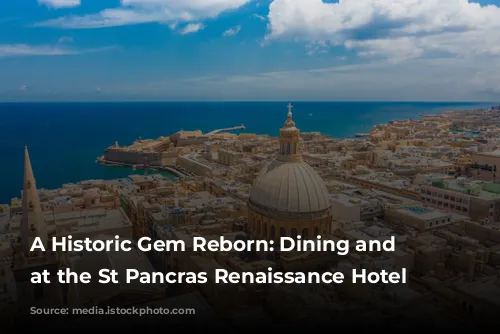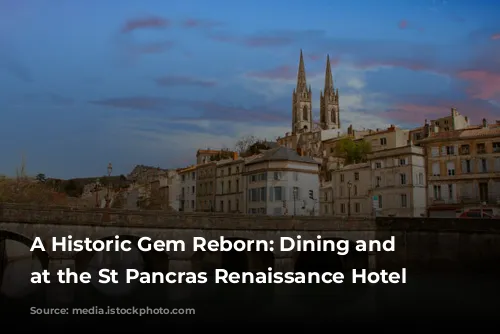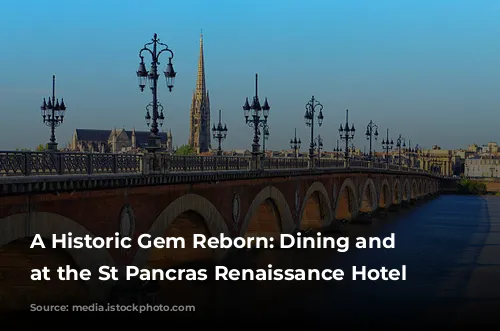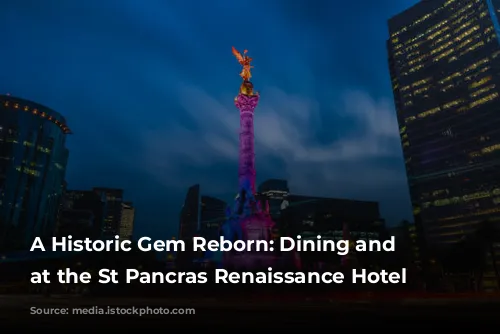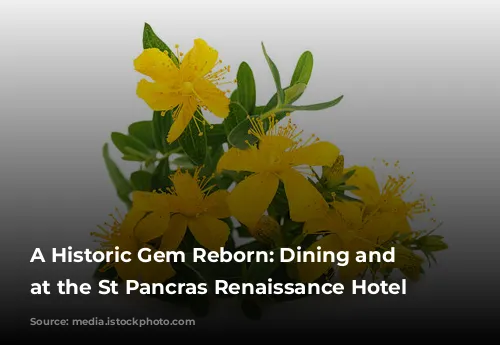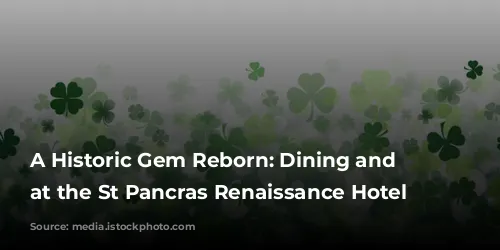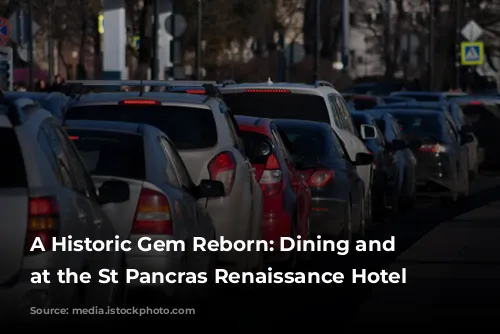The gentle clinking of silverware in the distance echoes through a grand space of brick and glass. We are dining at the Booking Office, a unique restaurant and cocktail bar housed within the iconic St Pancras Station. More than £150 million was invested in transforming this historic landmark, breathing new life into England’s finest railway hotel.
The Booking Office itself is a testament to meticulous restoration, turning the former ticket office into a bustling bar. The forecourt, now a grand reception area, bursts with the beauty of blossoming cherry trees. Every corner of the hotel whispers with the grandeur of the past, carefully preserved and enhanced for the modern traveler.
As a student, I recall passing the former Midland Grand, its pointed spires and arched windows blending fairytale charm with a touch of gothic grandeur. This architectural marvel, a collision of fantasy and functionality, had fallen into disrepair and nearly faced demolition decades ago.
We, Tania and I, breathe a sigh of relief, sinking into plush black leather chairs, feeling as opulent as gentlemen in a distinguished club. The space is divided with skillful lighting, allowing us to appreciate the intricate beauty of the oak-paneled walls and heavy glass lamps without being overwhelmed by the soaring gothic windows or the sheer scale of the room.
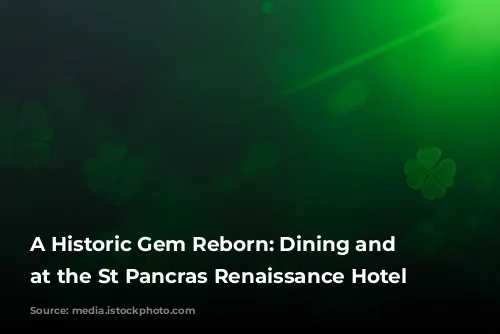
A Delightful Culinary Journey
“You can enjoy a glass of bubbly for £13,” Tania suggests. “And that’s a great white wine.” She points to the La Croix Vermentino Sauvignon Blanc, available for £5.25 a glass. “It’s a shame they only offer whites from Castello Banfi, though.”
We indulge in a rustic duck terrine served on sourdough toast and a comforting pea and ham soup. The main course features a perfectly cooked roast fillet of sea bass, accompanied by a delectable fricassee of peppers and mushrooms. “Simple, subtle, yet absolutely delicious,” Tania declares.
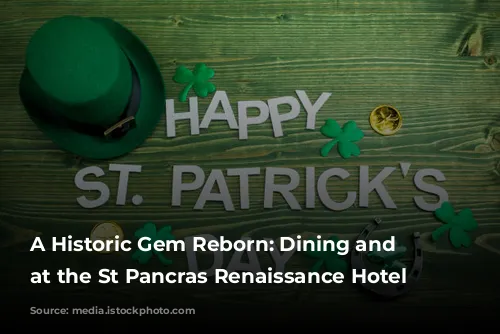
A Grand Hotel Restored to its Former Glory
The public areas of Sir George Gilbert Scott’s Victorian masterpiece are captivating. The stone cantilevered staircase, curved hallways adorned with Minton tiles, and unexpected decorative touches in the form of jewel-toned patterns and illustrations on walls, cornices, and ceilings, are all meticulously restored.
The hotel offers 38 suites within the original building, with an additional 207 rooms in a newly constructed annexe, Barlow House. The rooms in Barlow House are a decent size, though perhaps lacking in flair. If you have the opportunity, I recommend requesting an upper-floor room. Despite the hotel’s grand scale, it is unavoidable that a certain level of corporate feeling emerges, even in the suites.
My suite is undeniably comfortable, boasting a marble bathroom with REN products, a dedicated workspace, a heavy sunburst mirror, and plush armchairs overlooking the Olympic symbol, Platform 9, and the Eurostar tracks. Wi-Fi is complimentary, exclusively for guests staying in suites. The hotel also offers a thoughtful touch by providing tea and coffee making facilities, recognizing that even with butler service, guests may not always want to rely on room service.
While I appreciate the hotel’s charming quirks, I do confess to being less enthused about being roused from my slumber at 7 am by a platform announcement. However, it is undeniably entertaining to witness the bustling activity below.
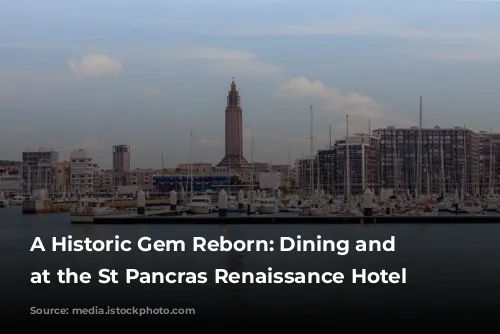
A Historic Venue Reimagined: Coffee in the Booking Office
Since my stay, Marcus Wareing’s Gilbert Scott Brasserie, designed by David Collins, has opened its doors in the former hotel entrance hall and coffee room, garnering significant attention. However, despite the buzz surrounding the brasserie, I strongly recommend making time for at least a coffee in the Booking Office. This remarkable space is undoubtedly London’s most inspiring new public area, capturing the essence of history and modern elegance.
